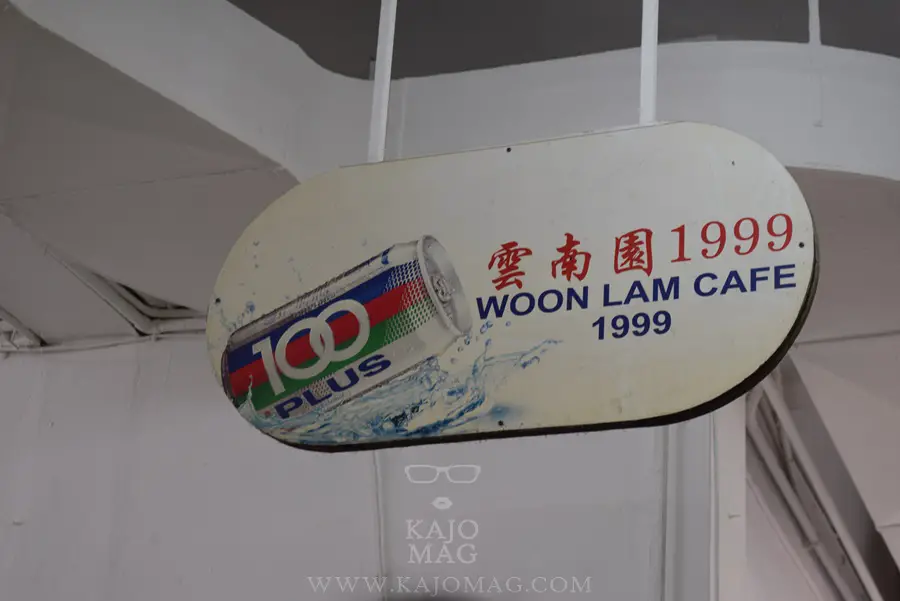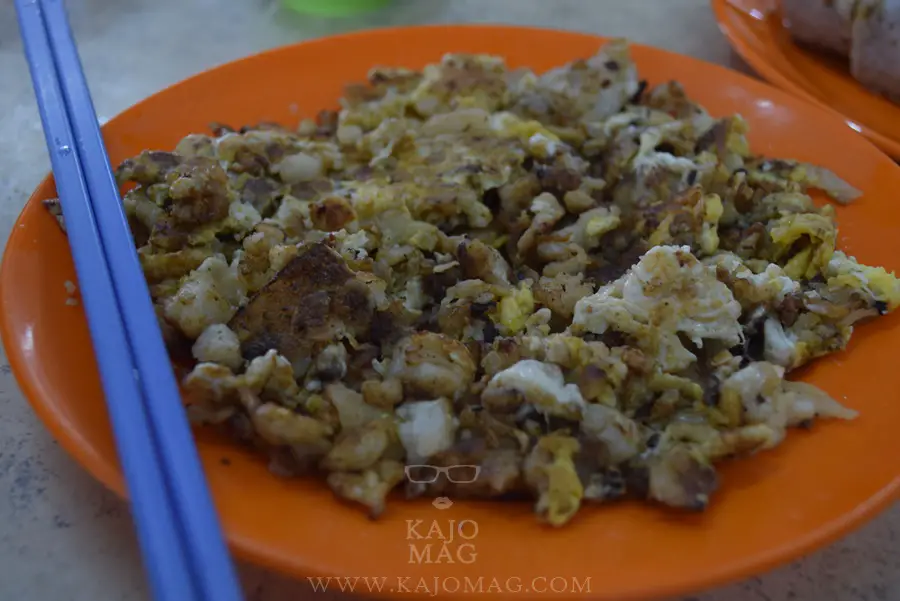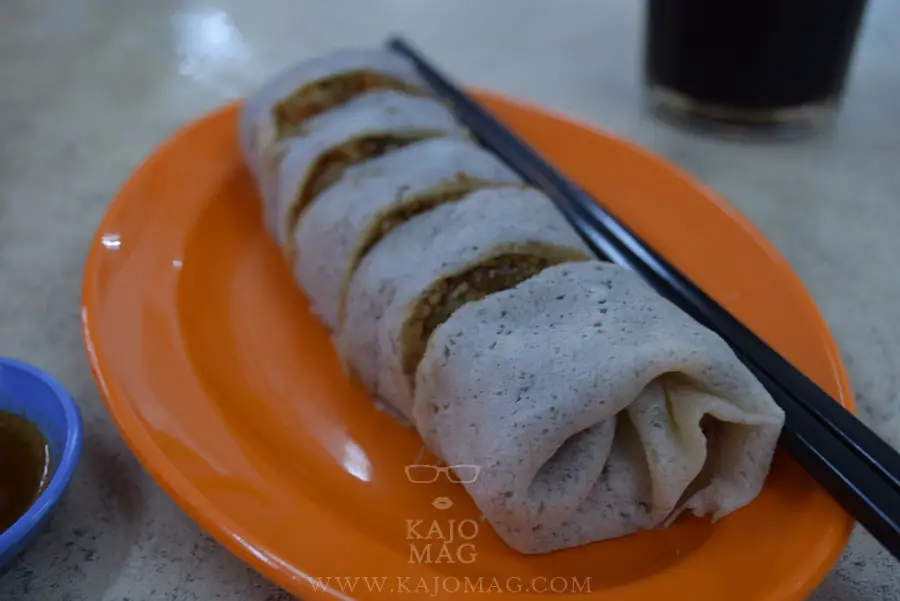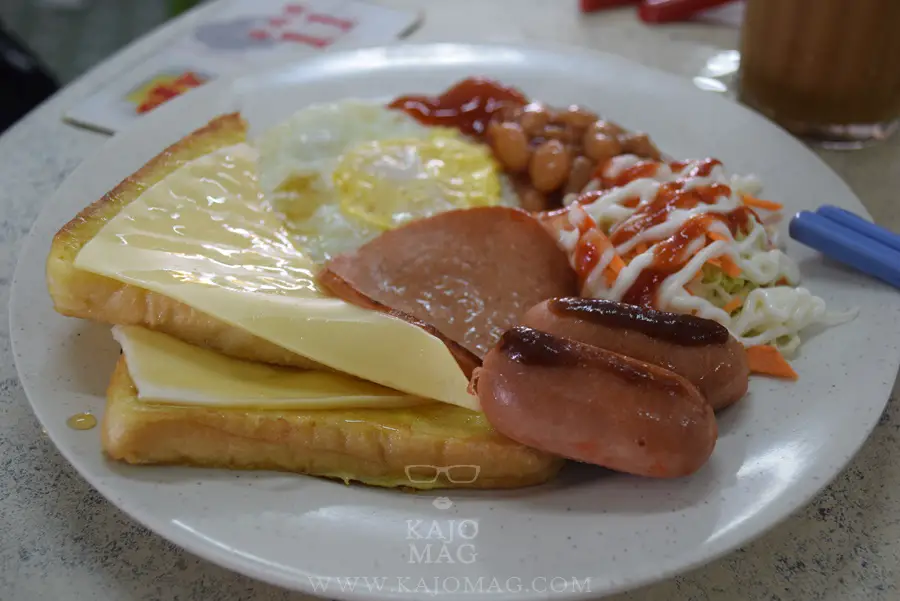Almost every Malaysian has heard of ‘adidas kampungs’ – the generic name for probably the most handy yet cheap rubber shoes made in Malaysia.
They usually come in black, but sometimes you can find them in white too.
Besides adidas kampung, these rubber shoes are also known as adidas paya, kasut kebun and kasut motong. All of these unique and hyperlocalised names have to do with going out to the jungle, farming or trekking. Why?

The soles have strong grip on slippery rocks and muddy flats making them famous among farmers and rubber tappers.
They are perhaps the most preferred footwear when it comes to trekking in the Malaysian tropical rainforest.
This is because they are waterproof, easy to dry… and most of all cheap.
Sold mostly in sundry shops throughout Malaysia, they cost under RM10 a pair.

Adidas Kampung in the news
Adidas kampung have made headlines in the news several times over the years all thanks to their usefulness.
During the 21st Mount Kinabalu Climbathon in 2017, for instance, Safrey Sumping won fourth place in the men’s open event was wearing a pair of adidas kampung.
In 2011, it helped another Malaysian win a place in the Mount Kinabalu Climbathon.
Danny Kuilin Gongot wore them when she beat New Zealander Anna Frost and American Brandy Erhortz, clinching the women’s title in the climbathon.
Besides assisting Malaysians to win international athletic events, they have also been great help during hard times.
When flood hit Penang back in 2017, volunteers turned to these shoes to help with the cleanup as they were perfect for wading through floods.
In some local universities, lecturers for nature-oriented courses such as Environmental Science and Marine Science made adidas kampung must-have footwear for field-trips.
The flaws of Adidas Kampung
Although adidas kampung might sound like the perfect shoes, they do have their own flaws.
First of all, they are not the most comfortable pair of footwear out there.
You need to wear adidas kampung with a pair of thick socks as they are also known for leaving its wearers with blisters.
Another thing is that although these pair of shoes are known for their waterproof ability, you can also get waterlogged.
A short walk in a stream will leave you walking around in tubs for shoes instead, making it a little inconvenient during your hike as you need to stop and pour the water out of your adidas kampungs.
Nonetheless, their extreme affordability still make these adidas kampungs one of the better choices of hiking shoes in Malaysia.
Plus, they work better than your normal running shoes when hiking through our muddy, slippery Malaysian jungle.

























































































